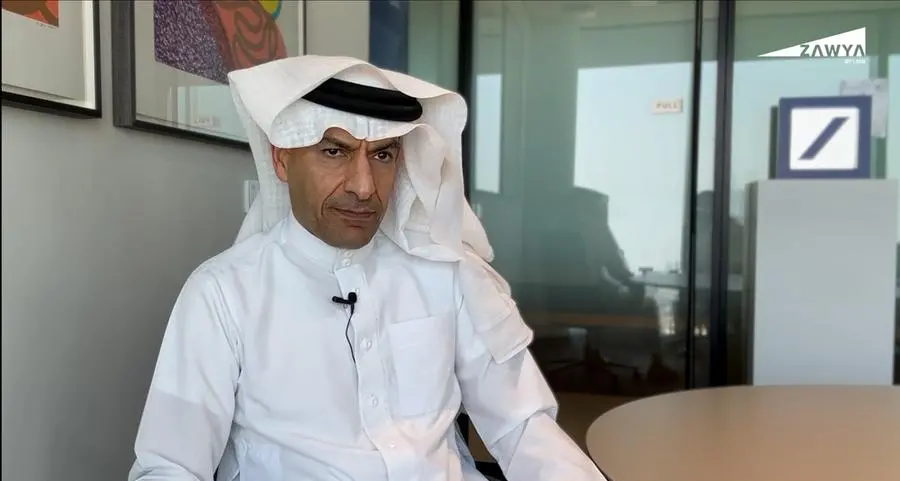PHOTO
Gulf Cooperation Council (GCC) nations are likely to be more vulnerable to economic and financial impacts of physical risks from climate change over the next few decades if investments in adaptation and resilience stagnate, according to S&P Global Ratings.
On average, absent adaptation, in a slow transition scenario, about 8% of the GCC region’s GDP could be at risk per year by 2050 - slightly greater than the amount of GDP at risk in 2020 - mainly due to extreme heat and water stress, the ratings agency said in its “GCC Sovereigns Can Manage Physical Climate Risks For Now” report.
However, the region's governments are in a financial position to achieve their adaptation and resilience objectives, but the total costs are uncertain and could increase.
The GCC governments have some of the highest assets-to-GDP ratios among the countries, S&P said.
“Consequently, they have significant financial means to invest in adaptation and resilience measures, including retrofitting, which can be extremely expensive, especially when coupled with large national diversification plans,” the ratings agency said.
The GCC’s economic geography is highly exposed to water stress, extreme heat, and occasional flooding after extreme rainfall. This is because most GDP is created in cities, hydrocarbon-producing facilities, or import/export free zones.
With limited groundwater resources and some of the highest average daily temperatures globally, extreme heat and water stress are already commonplace in the GCC.
“As a result, decision-makers throughout the region have - to differing extents - embedded adaptation and resilience measures into their countries’ infrastructure. These measures may help reduce the potential impacts of physical climate risks,” the report stated.
However, these measures may contribute to increased greenhouse gas emissions, particularly where additional energy is required, such as for desalination and cooling.
The GCC is estimated to hold 44% of the world’s total desalinated water production capacity, according to a 2022 World Bank report.
Albeit to differing extents, the region’s policymakers have been integrating net-zero commitments into national economic diversification plans.
“They are planning for the energy transition and therefore implementing sustainable steps to reduce the region’s overall economic and revenue dependence on hydrocarbons. We expect investments in renewables to generate electricity and water production capacity will continue to expand across the region,” S&P stated.
(Editing by Seban Scaria seban.scaria@lseg.com)























